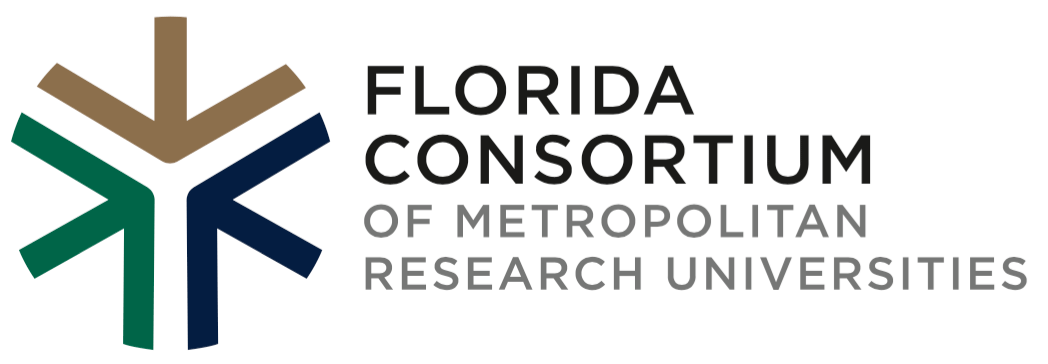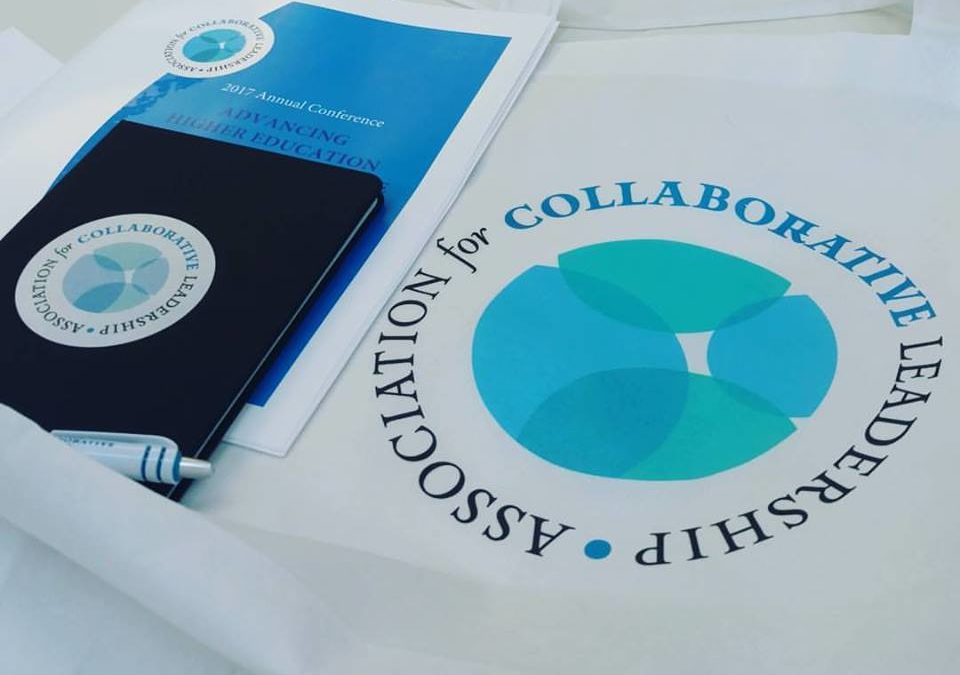In the movie the X-Men a group of misfits with extraordinary powers find each other in an effort to save the world and also find others who think and feel as they do. The major issue they face is that most of the world does not understand them and try to either ignore or expel the X-Men as not complying with the standard traditions of what it means to be in “civil society”. One of the major reasons why the X-Men must work together to make their super powers work to their full potential. They cannot save the world alone. This weekend over 80 educational real life X-Men and Women gathered in Albany, New York to challenge the notion that collaboration is not in high demand in higher education, nor is it a superpower.
The Association for Collaborative Leadership (ACL) held its annual meeting in Albany, New York and the theme of the week seemed to be that collaborative universities are stranger together than they are apart. That the lone wolf appeal of traditional higher education is no longer the best model for student success and achievement. University consortia are not a new thing but they have expanded dramatically in the past 15 years. As higher education changes and our once plentiful resources change there is a sense that collaboration is the only way to stop the perceived decay of higher education quality and effectiveness.
The ACL has been around for 50 years and represents over 40 different higher education collaborative units that range in size from small to large in membership, representing 3 to 30 universities to being small and large in types of institutions, small liberal arts to large public four-year. However, most of the colleges seem to be on the small liberal arts side. This group provides an educational environment where academic collaboration groups can come together to learn from each other, compare strategy, and discuss the future of academic collaboration.
The overall conversation on the first day centered around the promise and challenges of modern grant making. From challenges with spending down grants, keeping with the original vision and mission of the grant when university priorities change, to understanding what we can and should expect faculty to produce. Other common issues included programmatic alignment, getting and maintaining campus champions, and cultivating relationships with funders. Most of them reported that they also had high application “no” rates – somewhere in the 80% range. So there needed to be a better way to write grants in a collaborative environment.
There was also a lot of conversation around salability and sustainability. How do consortia work together and keep the work moving after the money dries up. This requires, in the case of the Florida Consortium, three universities to maintain momentum, not a small task. Finally, there was a lot of talk on how consortia maintain an equitable assessment environment including a way to communicate results and findings both to consortium partners and the general public. At that point a number of grant funders and successful writers shared their wisdom on the 5 truths of grant funding and winning collaborative grants.
The 5 Truths of Funding
- Expectations – They must be realistic and caustic. Consortia can’t make miracles happen.
- Relationships – Do consortia have the campus relationships they need for a successful grant?
- Stewardship – Who will manage the resources, report the results, and ensure success?
- Resources – What do we already have in our membership that can help the grant be successful – knowledge and capacity.
- Vision – What gives us the vision to see a project to completion – most grants fail because there is a vision problem.
- Finally, if you can communicate the vision for this idea past the grant your chance at success goes way up.
The remainder of the conference centered around the best practices for Consortia. The sessions included a panel of Consortia university president’s and research on consortia effectiveness. There was also lots of time to network and learn more about how consortia can work. The most important take-away is consortia staff and member campuses should embrace a high failure rate on consortia initiatives. But there was an emphasis that failure is not considered a bad thing. Universities are in the business of experimentation and many times the calculations are not adjusted for a new reality. James Yankech with Ascension College Solutions explained failure and its place in Higher Education consortia as this “if you are going to be innovative and if you are going to push the envelope then you need to know and expect most of your work will end in failure. Working (in consortia) is a high risk endeavor that results in high failure rates. Therefore, embrace it and understand that is what you signed up for but know that when there is success it is usually revolutionary.”
ACL will meet again next November in Norfolk, Virginia and the Florida Consortium has made the strategic decision to become a member of the ACL. Florida Consortium Executive Director Michael Preston summed up the decision to join as, “I have all of the confidence in the world that we will be a success but, why not engage with other consortia to increase our chances that our strategic decisions are the right ones.”

